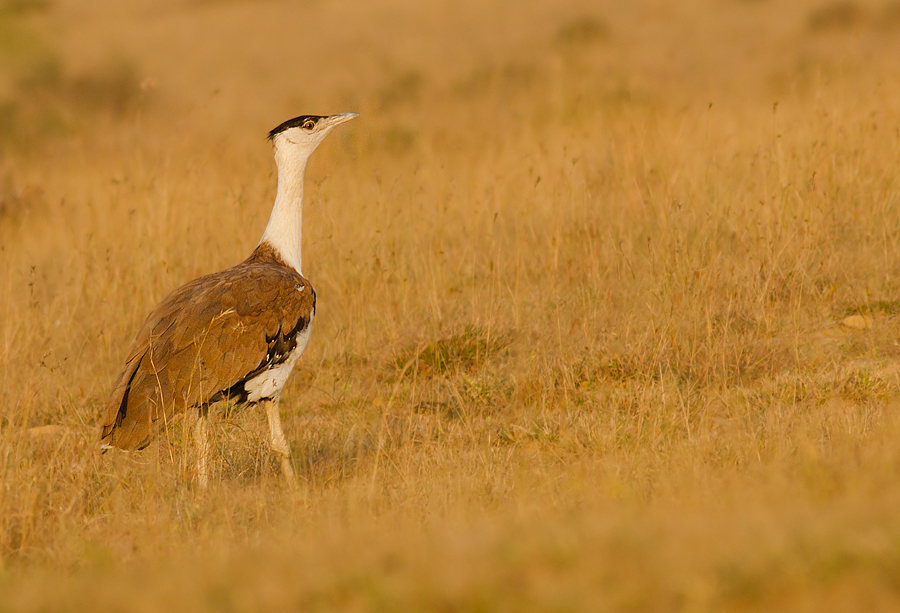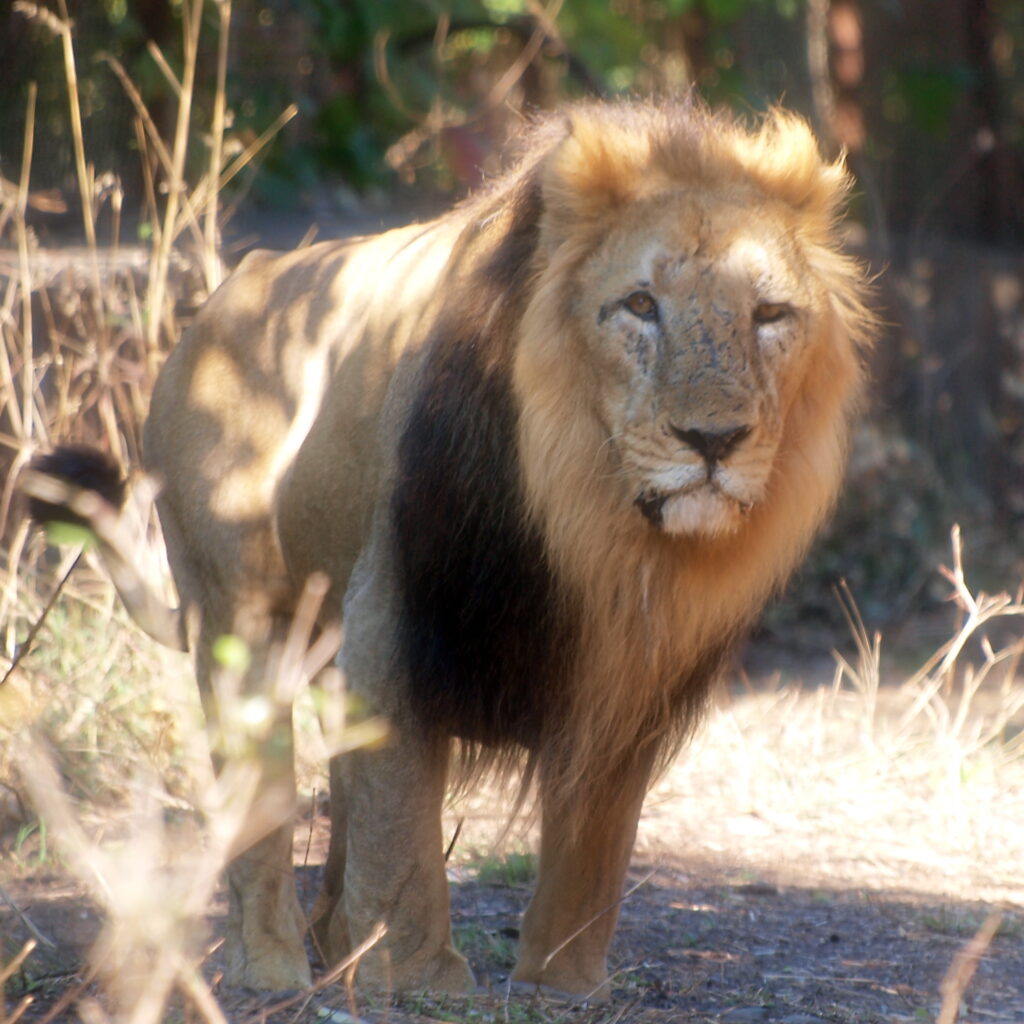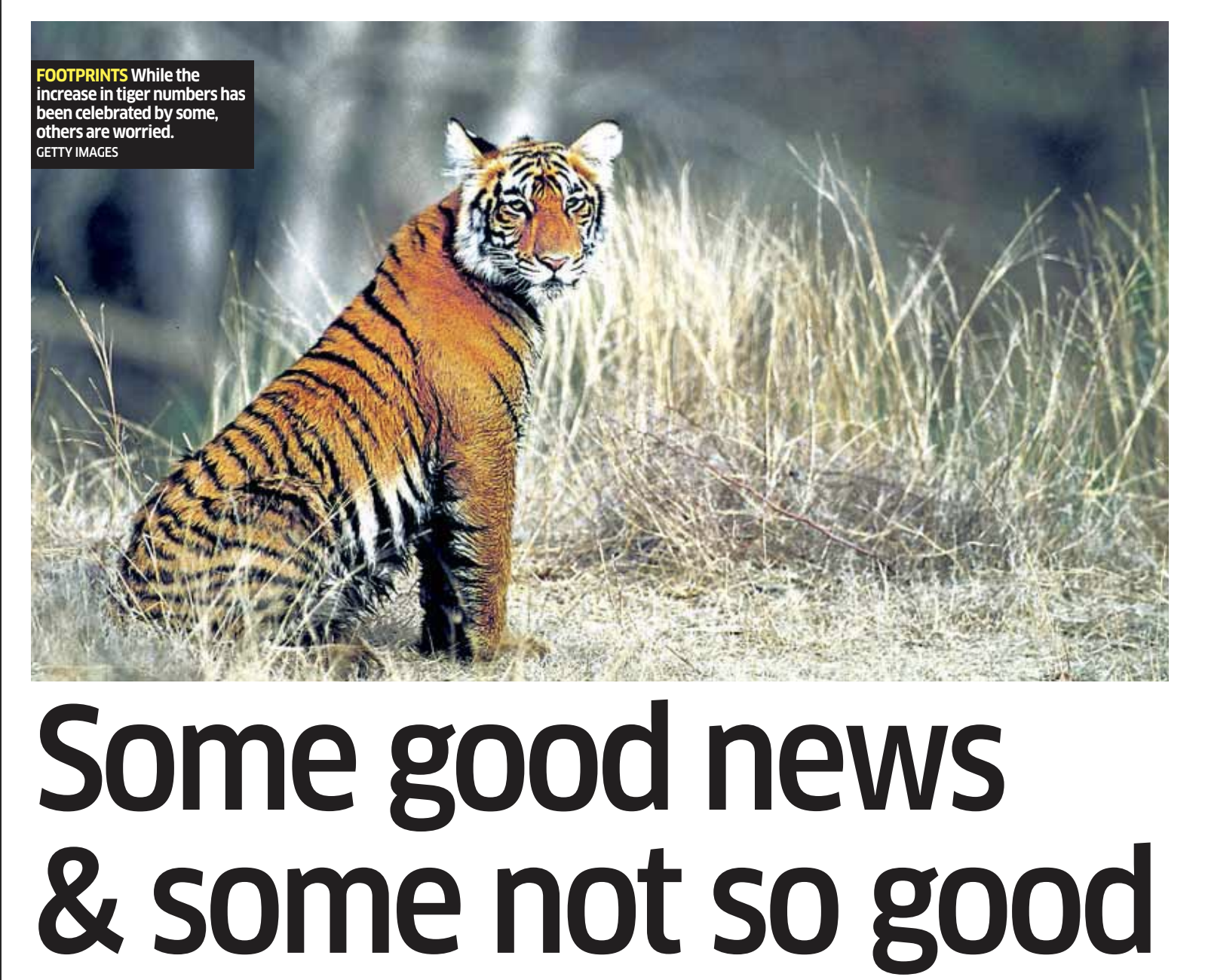Tiger numbers shot up to 1,706 this year from 1,411 in 2008. Was this good news or did it deepen the worry lines on conservationists’ faces? It has been that kind of a year for most species. Some good, some bad; some species recovering, some others vanishing, writes Atula Gupta
In the beginning of 2011, India’s population was 1.17 billion. By the end of December, the population has risen to 1.21 billion with global human population reaching seven billion plus figure this year. All year round, in the race to fulfill the aspirations of this one billion plus, ecological failures piled up; pressure mounted on animals, habitats, forests and land. As India recollects the journey of 2011, there are ugly truths in abundance and good news in bits as far as environment is concerned. But the road map for 2012 is at least defined – with the economy in high gear and resources stretched to the meanest bit, the only way to move forward is by choosing the greenest path.
Tigers aplenty
The biggest good news of year 2011 has been about the national animal. The latest census carried on the tiger population of the country showed a rise in their number from 1,411 in 2008 to 1706. Significantly, it was the same news that increased the worry lines for many conservationists. Does a nation with 18 per cent of the world’s population on 2.4 per cent of the world’s total area have the capability to look after its people and its tigers at the same time, especially when both are vying for the same set of natural resources? Twelve per cent of tiger habitat has shrunk in the past four years and in spite of more protected areas and eco-sensitive zones, the borders got blurred repeatedly with increased resource demands.
For naturalists though, concerns were not limited to the tigers alone this year. India is home to 7.6 per cent of all mammals, 12.6 per cent of birds, 6.2 per cent of reptiles, and six per cent of flowering plant species. Even as India announced mid-year that it will have its own red list on the lines of the one published by the International Union for Conservation of Nature (IUCN), the IUCN’s red list appeared with 57 species found in India declared as ‘critically endangered’ – the highest risk category. The most poignant question therefore – with so many species on the danger line, could Mother India really be biased and save just one favoured child, the tiger?
Areal respite
In the avian world, the year has been a mixed bag of good and bad news. The IUCN elevated the status of the Great Indian Bustard from endangered to critically endangered with less than 300 found in six states of India. Prompted by the alarm, the Ministry of Environment announced strict guidelines to protect the species and its grassland habitat under the ‘Project Bustard’. More protection was also accorded to Jerdon’s courser, known to be one of the 50 rarest birds of the world and found only in Andhra Pradesh.
While for these species, it will only be next year when reality can be gauged, for vultures, the year 2011 brought some relief. Post the veterinary drug Diclofenac ban in 2006, a study found 60 per cent reduction in vulture deaths. The drug though can be still obtained as human medicine and the problem needs to be sorted for the scavenger’s survival.
Sink or swim
Researchers found five lost species of frogs this year including one that was rediscovered after 108 years, thanks to the efforts of amphibian expert S D Biju and his team. A self-funded expedition of researchers in the Western Ghats was a success, thanks to the discovery of numerous new frog species. Amidst news of habitat destruction, pollution, climate change and of late, poaching for much sought frog legs, the discovery is refreshing news indeed.
For fish and other aquatic species, the year 2011 will be remembered as the year of caution. Lack of planned fishing practices, overfishing, use of trawlers, by-catches, and a complete disregard for the natural process of regeneration of life, resulted in massacred coastlines with a looming threat of mass extinction. In the Western Ghats alone, the IUCN found more than 16 per cent of the fish species facing extinction.
As fishermen trawled over aquatic life, hydel projects, roadways and mines blasted the deep ravines wiping forests and millions of species it held in its lap. From leopards to elephants, medicinal plants to precious red sanders, the rising animosity between humans and wildlife came to the forefront with poachers targeting jungles and the mob mauling any beasts to death that dared came looking for its share of nature’s treasures.
But there were those too from a village in Kerala that vacated their homes to give way to wild elephants. Afforestation became a new mantra for individuals and corporates, promising to reduce their carbon footprint. Cleansing the tainted Ganga became a promise well kept.
In 2012 therefore, if a billion individuals step up to make one small change, the big picture cannot be all that bad.
When a nation is poised for growth, economic values almost always trump environmental ones and it becomes difficult to consider that nature’s plentiful bounty can be restored. But hopefully what is left can remain, if only our human-centric visions accommodate the non-human species too in 2012.
Original Publication: Deccan Herald
Date: 26 December, 2011



